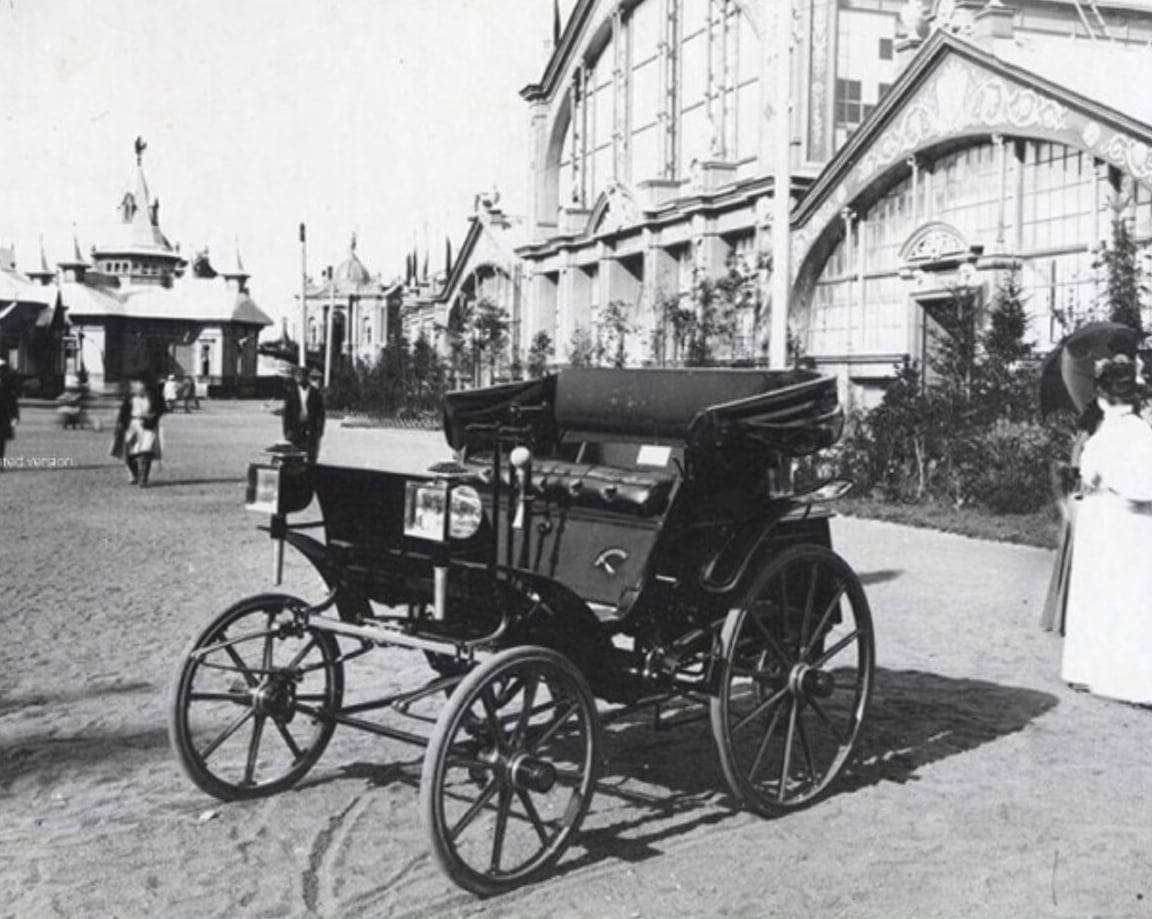AvtoVAZ and GAZ have always been stable modern cars in the USSR and Russia. Some even believe that the automobile industry began with them, but this is certainly not true.
In 1896, the first Russian serial automobile was presented in Nizhny Novgorod, which was called the “Frese and Yakovlev Automobile”.
It didn’t look like modern cars, but for its time it was a very interesting and competitive model.
Like many projects in the auto industry, it had a very interesting history with ups and downs.
Briefly
Who created the car?
How long did it take to develop the machine?
What surprised me about the car
How much did the car cost?
When production ended
What cars have survived?
Research on the Automotive Industry
Who created the car?
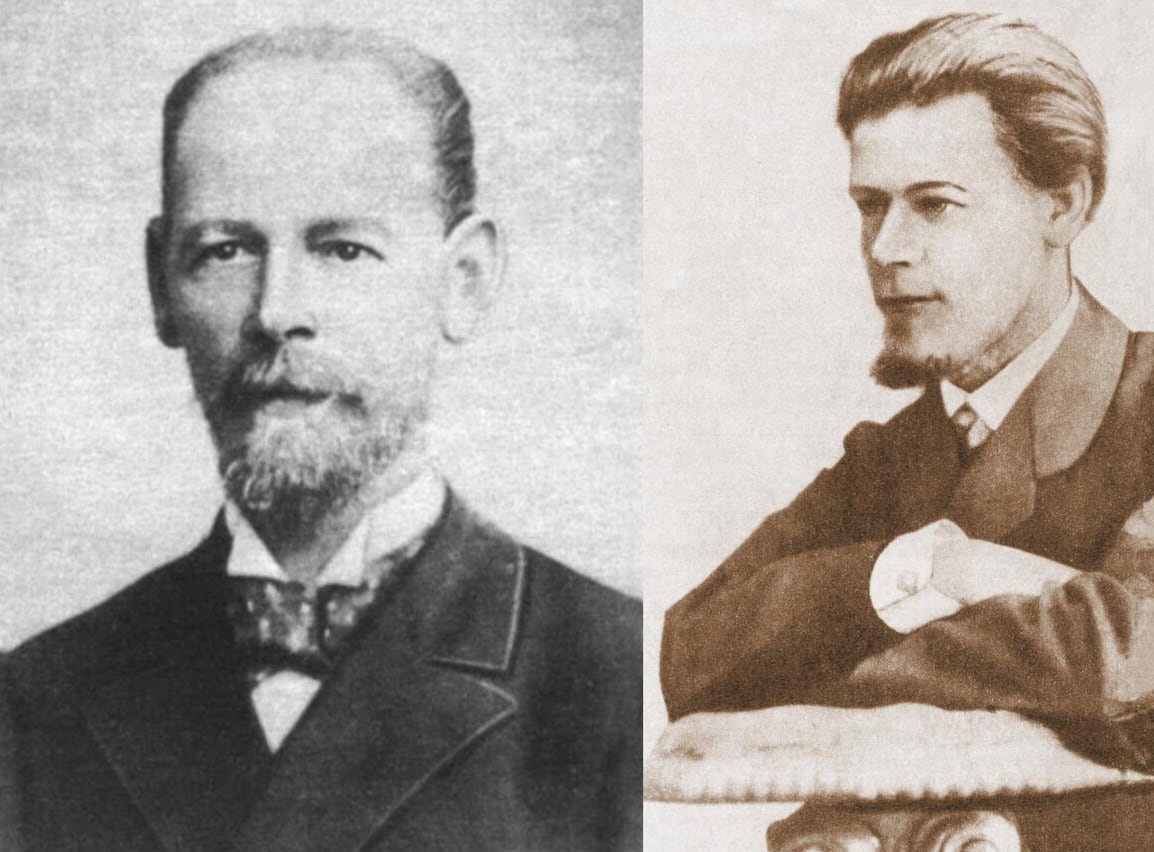
Petr Frese on the left, Evgeny Yakovlev on the right
Many car brands are named after their creators, and Frese and Yakovlev’s cars are no exception. Nobody thought about the concept of the brand back then, so the name actually includes the word car, so that there is an understanding of what is being discussed.
The car was created by two additional industrialists and inventors: Peter Frese and Evgeny Yakovlev.
Briefly about each
▶︎ Pyotr Frese was born in 1844 in St. Petersburg. He is an activist of a noble family whose members were engaged in mining.
In 1874 he founded a horse-drawn carriage company, which later produced carriages for the Emperor and his family.
▶︎ Evgeny Yakovlev was born in 1857 in the St. Petersburg province. From 1875 to 1884, he served in the navy, rising to the rank of lieutenant.
In 1884 he was “dismissed by the service for economic reasons” and began to study internal combustion mechanisms. In 1891 he launched a plant where he produced an autonomous engine.
Entrepreneurs met in ChicagoThey arrived at the 1893 World’s Fair, which is still considered one of the largest in history.
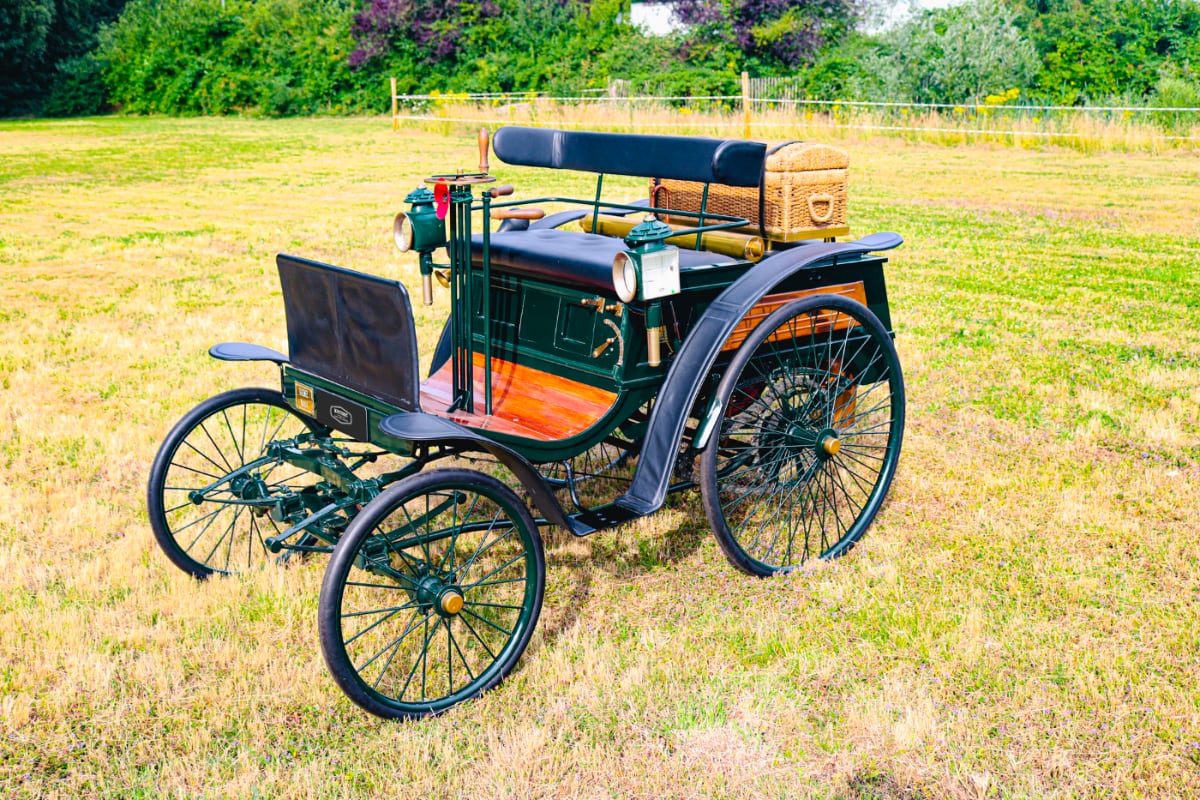
Benz Velo
They came to the exhibition as participants. Frese brought fragments of carriages to the USA, and Yakovlev brought an autonomous engine. Both inventors received a bronze medal in Chicago.
They met at the Benz pavilion, where the Benz Victoria and Velo cars were on display. These are currently among the first successful commercial companies.
Frese and Yakovlev decided that they should release a similar car, but with some improvements.
◦ Back ◬
How long did it take to develop the machine?

It is unknown when exactly the project started.
But in 1894, Emperor Alexander III announced the All-Russian Industrial Exhibition in Nizhny Novgorod, which was to take place in 1896, and Frese and Yakovlev decided to participate in it.
The details of their joint work are also unknown. But already In the spring of 1896 the car was readyThe first tests began in May, and on July 14, the official presentation took place at the All-Russian Industrial Exhibition.
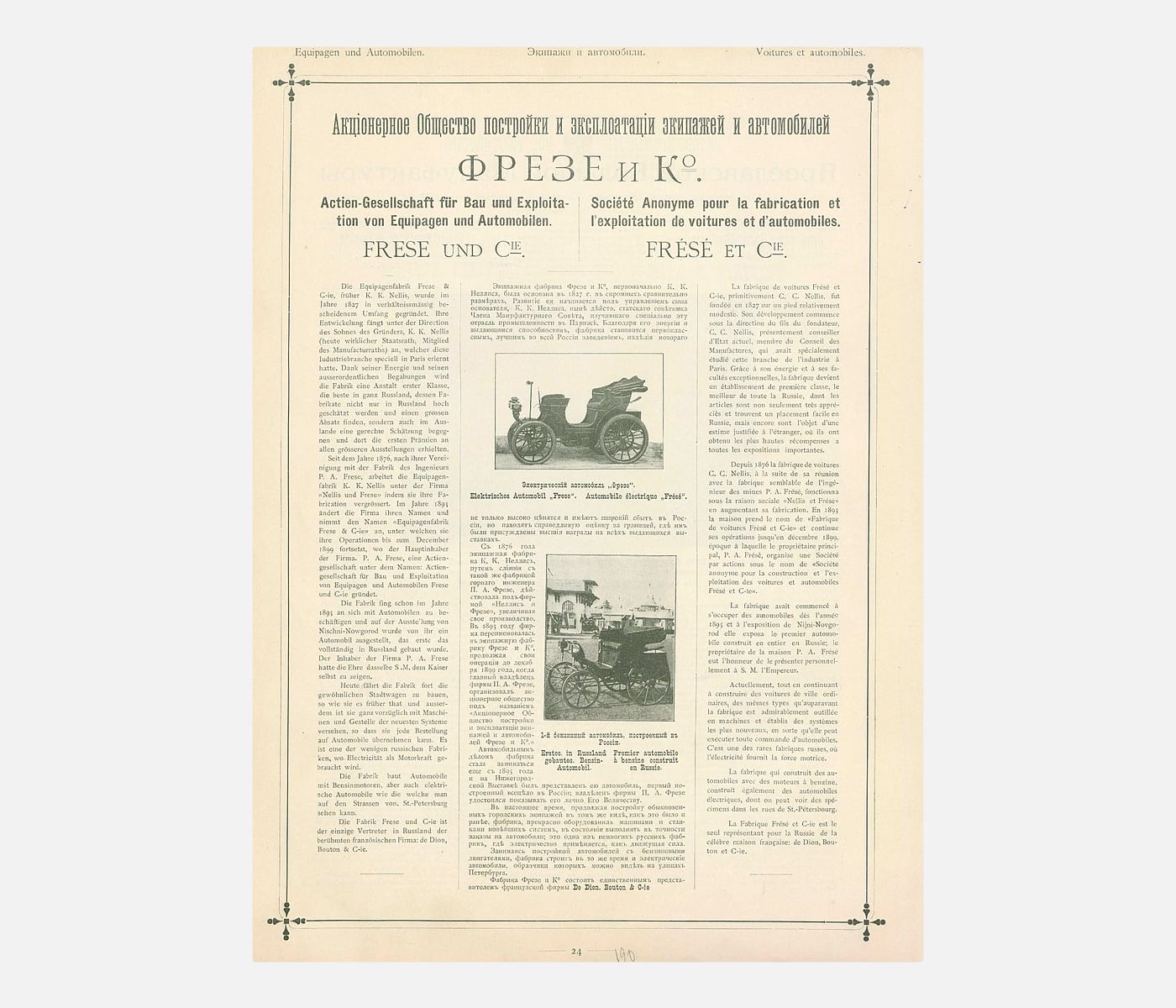
A newspaper in English and German that told about Yakovlev’s Frese car
This is how automobile journalist Vladimir Anfilov described it in the magazine “Samokat”, issue 123 of May 11, 1896:
A mechanical crew is dispersing around the outskirts of St. Petersburg. Its passengers claim to be the manufacturers, and the inventors of this machine almost swear that every last screw in the team was made by them in their own workshop.
Vladimir Anfilov, journalist
Later, other newspapers wrote about Frese and Yakovlev’s cars.
◦ Back ◬
What surprised me about the car

The exterior of the car resembled the Benz Velo, but it was not a copy. Frese and Yakovlev used original components and made significant design changes.
It was a classic convertible phaeton of the time, seating two people. Frese checked the body, wheels and chassis, and Yakovlev made the engine and transmission..
The engine had a power of 2 hp and included a speed mode of 20 km / h. For comparison, the Benz Velo initially had a 1.5 hp engine. The power was increased to 3.5 hp.
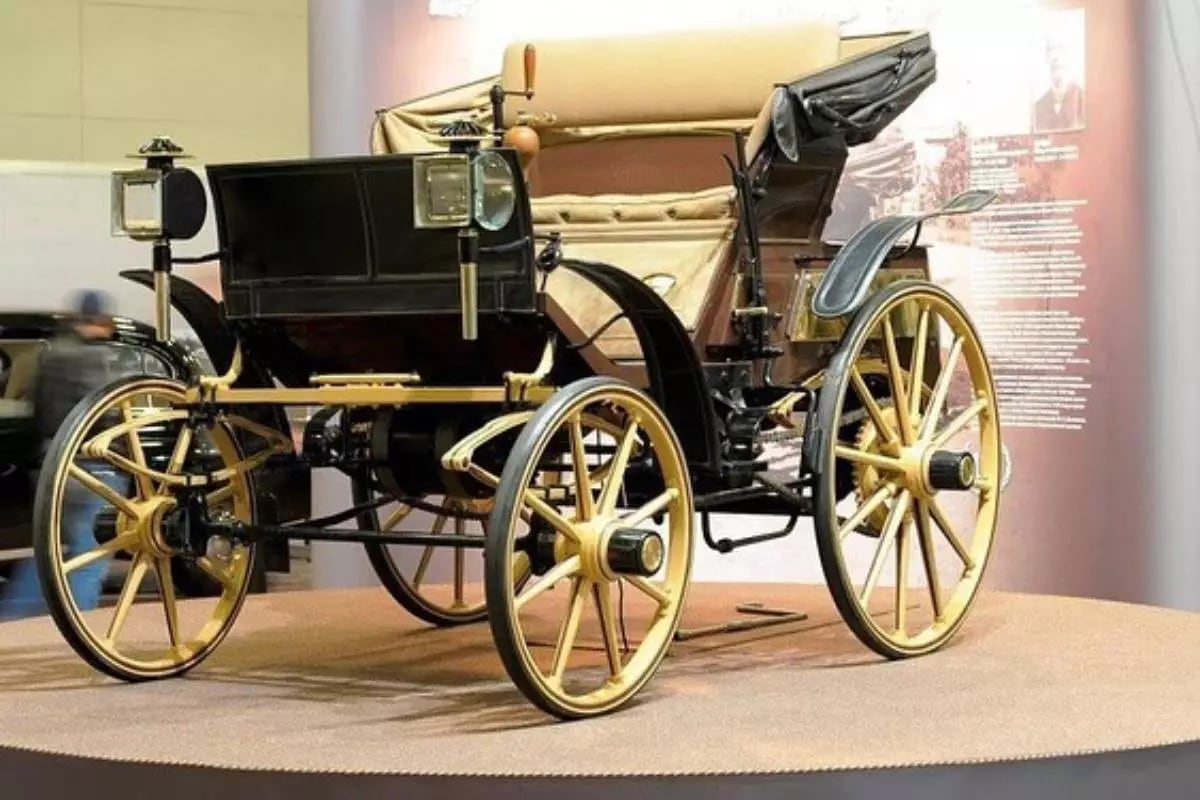
Yakovlev’s engine was lighter than Benz’s. Yakovlev also added an evaporative cooling system. When the engine was running, the water was constantly boiling, the steam was fed into the condenser, where it was cooled and condensed into water. But some of the water evaporated.
The car was equipped with two tanks for storing water; in conservation they had a capacity of 30 liters.
The car had a rear-wheel drive headlight. Torque from the engine to the wheels was transmitted through two chains, which were connected by an intermediate shaft with pulleys attached to it.
The gearbox had only two gears: forward (D) and neutral (N). Fuel reserve for 200 km.
In terms of its characteristics, Frese and Yakovlev’s car was a competitor to the Benz Velo. And this was the world’s first serial four-wheeled car by Karl Benz, so the quality level was very high.
◦ Back ◬
How much did the car cost?

The inventors valued their machine at 1500 rublesThis is approximately 2.5 million rubles at the current exchange rate.
A mechanical carriage, similar in appearance to an ordinary phaeton, but driven by a small gasoline engine, this carriage costs 1,500 rubles and can travel up to 20 miles (21 km – iPhones.ru note) on the highway in an hour.
The Caspian newspaper, August 27, 1896
The price tag was not small, but the car cost half as much as European and French goods. However, only very rich people could do this. A horse then cost 50 rubles, and the average salary of a labor sum was 25 rubles per month. There was no talk of any loans, production was carried out only on order.
It is unknown how many cars were produced. The only thing that can be said is that the demand was small. This is partly due to the reaction of Nicholas II, who visited the Nizhny Novgorod exhibition and saw the first Russian car himself.
There’s nothing to see, it’s better abroad.
Nicholas II, entry in his diary
For the engine and crew, Yakovlev and Frese were awarded only silver medals at the exhibition. Major newspapers did not write about their inventions.
◦ Back ◬
When production ended

After the exhibition, engineers continued to improve the car, but Yakovlev died in 1898. His heirs did not want to deal with technology, so Frese was effectively left alone with the project.
There were no similar Russian engines at that time, so Frese began to buy engines and gearboxes in France and store them in his cars.
Despite this, the car was still bought. From 1901 to 1903 Frese company produced about a hundred passenger carsbut they were no longer completely objective. It can be considered that the enterprise was successful, because in the future Frese opened factories in Moscow and Warsaw.
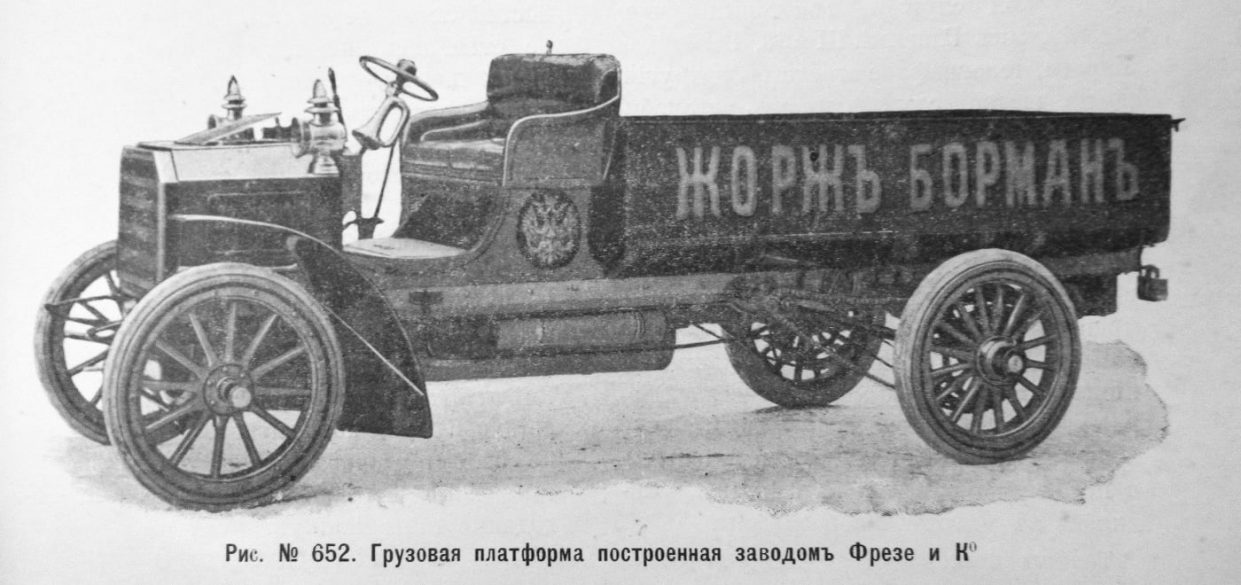

In 1901, Frese introduced the first Russian truck. Its load capacity was 960 kg. In 1903, the company produced the first mail van, and in 1904, the first fire engine.
It is believed that the decision to produce a fire engine was made after a fire in the St. Petersburg Post Office in 1904. Then, as a result of the fire, all Freze postal vehicles that had been produced six months earlier burned down.
In 1910, Frese sold his factory to the Riga company “Russo-Balt”. At that time, he was 66 years old. He spent the remaining 8 years of his life in his name in the Tver region.
◦ Back ◬
What cars have survived?


Lyubov Elizavetina’s car
Unfortunately, today there is only one Frese Yakovlev car left, and it cannot be called a full-fledged one.
In their performance art critic Lyubov Elizavetina. She bought the car in the late 90s. According to her, he organized the reconstruction of Spartak Grigoryan, who only restored the car in the 80s, but did not manage to complete the work.
It took 23 years to restore the car.. The project was completed only in 2023. Many body parts had to be replaced. An electric motor was installed instead of a gasoline engine, and other technical components were taken from 20th century cars.
Now you can see this car at various auto shows and museums.
Also in 1996, three replicas of the car were created by the authors of the magazine at the Scientific and Technical Center. One of them is on display at the Polytechnic Museum of Moscow.
◦ Back ◬
Research on the Automotive Industry

Although Frese and Yakovlev’s car was not continued, it still left its mark on history. And not only as the first serial Russian car.
Frese was able to provide his developments by producing many of the first technical vehicles in Russia, which were no different from their Western competitors in their technical characteristics.
In addition, this Frese and Yakovlev car remained the standard for serial production in pre-revolutionary Russia. In the future, the automobile industry developed under Soviet power.
◦ Back ◬
Even more interesting, to broaden the horizon 🙌
▶︎ What is the difference between a petrol engine and a diesel engine. Experts, what do you say?
▶︎ How Nio from China bought all the electric cars in the world. When the battery is finished, it will be replaced with a new one in 5 minutes
▶︎ This is a Chinese road with 50 lanes of traffic, where all the cars are stuck in a giant traffic jam. Don’t complain about Moscow
Source: Iphones RU
I am a professional journalist and content creator with extensive experience writing for news websites. I currently work as an author at Gadget Onus, where I specialize in covering hot news topics. My written pieces have been published on some of the biggest media outlets around the world, including The Guardian and BBC News.






